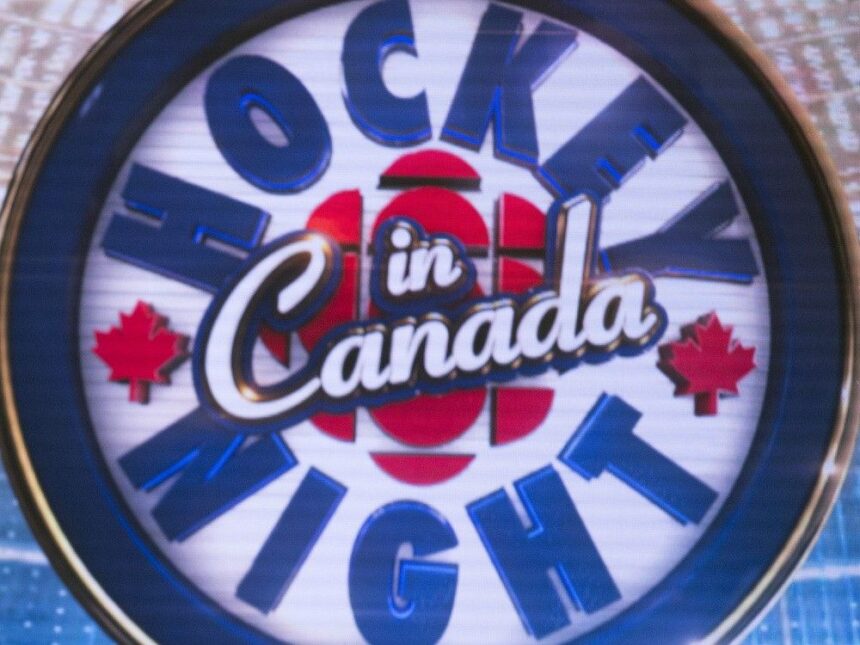The latest hockey season brings with it a familiar yet increasingly bitter ritual for Canadian NHL fans: the annual shock of subscription price hikes. Sportsnet has announced yet another substantial increase to its streaming packages, continuing a troubling trend that has many loyal viewers questioning their dedication to following Canada’s national sport through official channels.
The numbers tell a stark story. What began as a relatively reasonable $199.99 annual subscription has ballooned dramatically, with price jumps that far outpace inflation. For many middle-class families already feeling the pinch of rising costs across the board, these increases represent more than just an inconvenience—they’re prompting legitimate questions about accessibility to hockey viewership in the country where the sport holds such cultural significance.
“It’s becoming impossible to justify,” says Marc Levesque, a lifelong Montreal Canadiens fan I spoke with last week. “My father took me to games when tickets were affordable, and we watched at home when they weren’t. Now even watching from your couch requires financial gymnastics.”
This pricing strategy appears particularly tone-deaf given the current economic climate. As streaming platforms multiply and fragment content across an ever-growing number of subscriptions, consumers are making harder choices about which services to maintain. When entertainment becomes a luxury rather than a reasonable expense, something fundamental shifts in our relationship with cultural touchstones like hockey.
The implications extend beyond individual budgets. Our CO24 Culture reporting has consistently shown that shared cultural experiences bind communities together, particularly in a country as geographically diverse as Canada. When financial barriers rise around these experiences, we risk creating a two-tiered system where following the sport becomes a privilege rather than a common bond.
Industry experts suggest these increases reflect the massive rights deals sports networks negotiate with leagues. Those costs inevitably trickle down to consumers. However, the resulting exodus to illegal streaming options undermines the very model these price hikes aim to support. A recent CO24 Trends analysis revealed that search traffic for terms related to free hockey streams spikes dramatically following each announced price increase.
What’s particularly frustrating for many fans is the lack of flexibility in viewing options. The all-or-nothing approach to sports packages fails to recognize the diverse viewing habits of modern audiences. A fan interested in following a single team through a season faces the same costs as someone watching multiple games daily across divisions.
“I just want to watch the Canucks games with my kids,” explains Vancouver resident Sanjay Patel. “I don’t need access to every game in the league, but there’s no affordable option that meets my family’s specific needs.”
The deeper issue here touches on questions of cultural ownership and accessibility. Hockey’s place in Canadian identity makes these barriers particularly troubling. When younger generations find themselves priced out of following the sport through legitimate channels, we risk breaking a generational chain of fandom that has sustained the NHL for decades.
As our CO24 Opinions section has previously explored, the monetization of passion has consequences that extend beyond balance sheets. Corporate stakeholders might celebrate short-term revenue gains while undermining the long-term health of their audience base.
What’s the solution? Other sports leagues have experimented with more flexible models—team-specific packages or single-game purchasing options that create more accessible entry points for casual fans. The NHL and its broadcast partners would be wise to consider similar approaches before alienating more of their audience.
Until then, Canadian hockey fans face difficult choices about how to follow the sport they love. As we navigate these decisions, perhaps the most important question is not about subscription costs but about the value we place on maintaining our connection to a cultural institution that has defined Canadian winters for generations.
When the price of participation rises too high, what happens to our shared cultural experiences? That’s a question that extends far beyond hockey, touching the very fabric of how we remain connected in an increasingly fractured media landscape.









